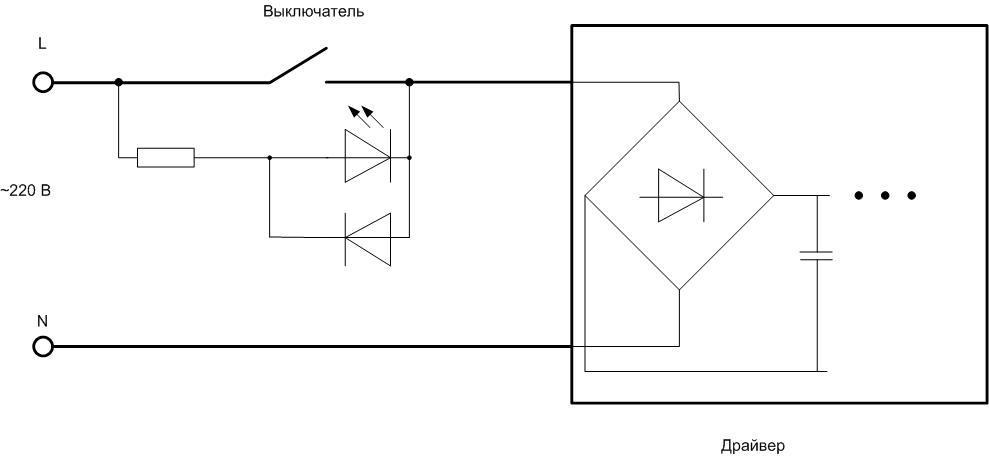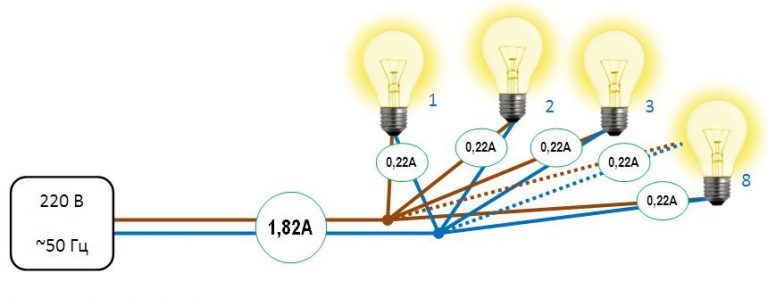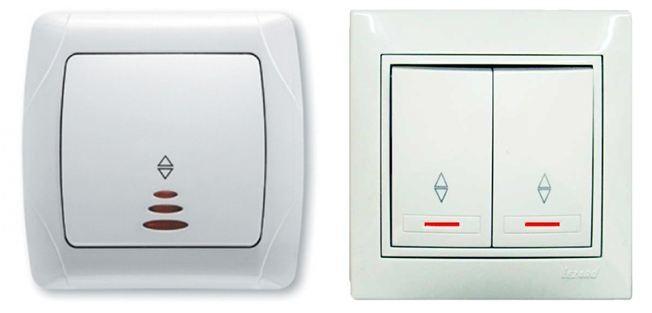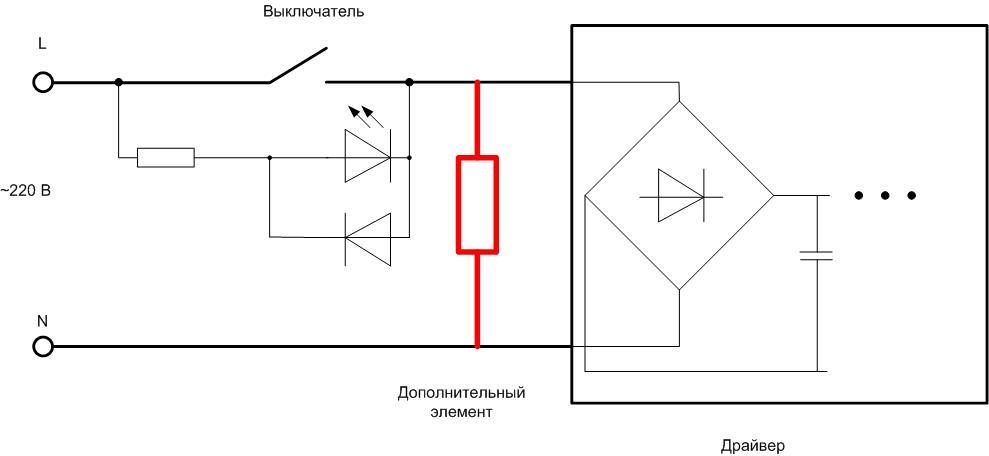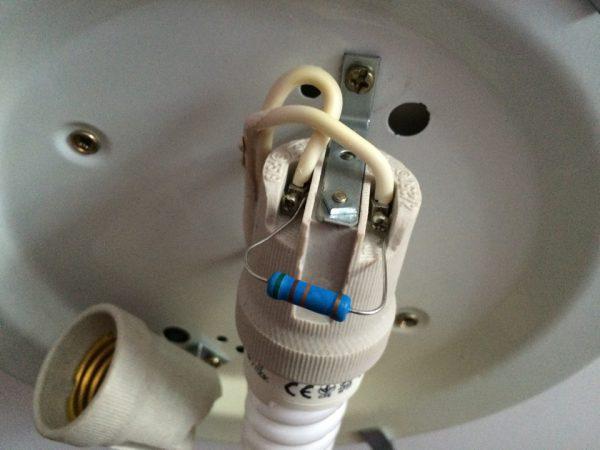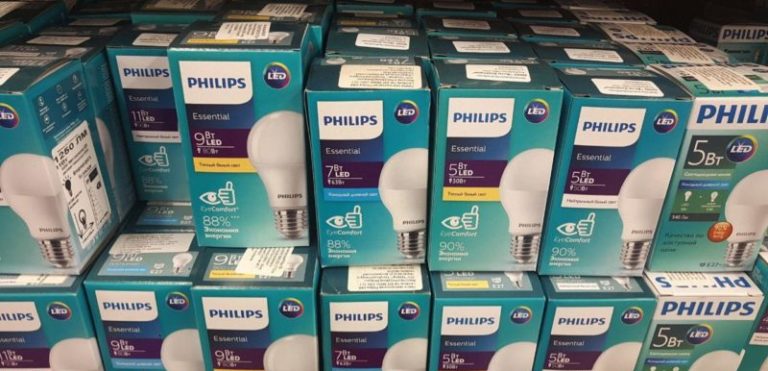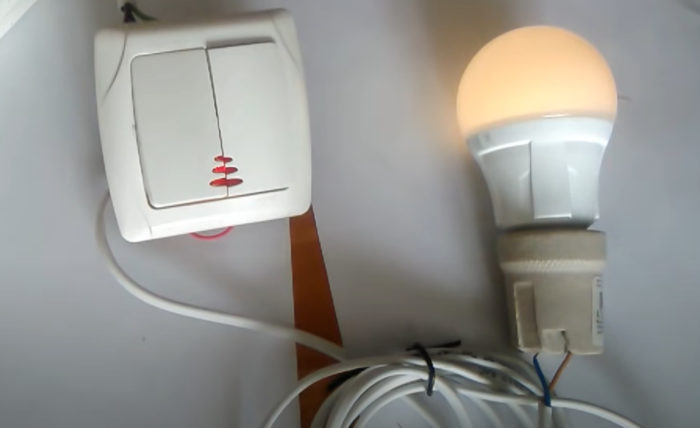The main causes of dim LED bulb burning
LED lighting is rapidly taking over the market. Incandescent bulbs have almost no competitive advantage over solid-state devices. But some users encounter an unpleasant phenomenon: the light continues to burn even when they turn off the switch. This glow is dim, half-light, or the lamp flashes.But at night it can be very annoying. To understand how to deal with this phenomenon, it is necessary to figure out its causes.
The quality of the LED lamp
The first thing you should pay attention to when the unpleasant effect appears is the quality of the lamp manufacturing. Inexpensive products may have:
- poor insulation, through which leaks are possible;
- circuit decisions, making the design cheaper, but worsening the quality of operation.
And here to predict the direction of the imagination of manufacturers from Southeast Asia is impossible.
Faulty wiring
One reason for the glow of LED lamps - the natural aging of electrical wiring and the appearance of leaks through the insulation. This can cause voltages to appear in completely unexpected places. In most cases it is small, but enough to make the LED device glow weakly.
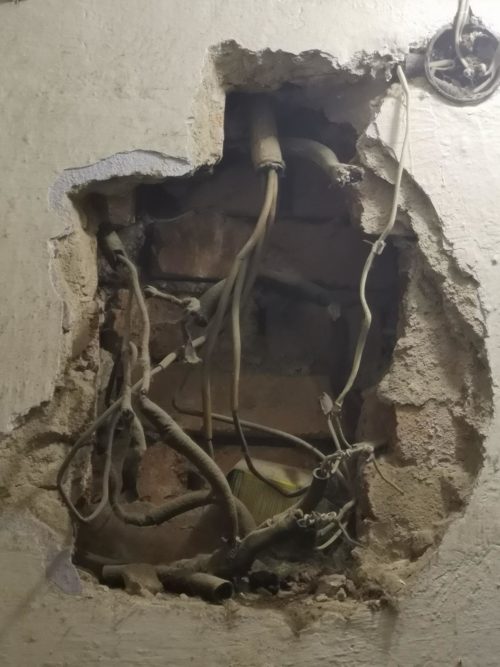
The condition of the insulation can be checked with a megohmmeter (checking with a multimeter in most cases is a waste of time because of the low measuring voltage). For 220 V mains the insulation resistance should not be less than 0.5 megohms. But even in the case of detection of deterioration of insulation often nothing can be done - it is impossible to determine the exact location of the damage. And since the wiring in residential and public buildings is hidden, its complete replacement is done during the overhaul of the premises.
Influence of capacitive conductivity
Note that the leakage can be capacitive in nature. A wire serves as one end of the capacitor, another as another wire, an earthed conductive element (fixture), a damp wall, etc. Such a fault is much more difficult to detect with a megohmmeter without experience. It should be taken into account that this problem can not be solved even by complete replacement of the wiring. The capacitance will not go anywhere, and moreover, it directly depends on the quality of the insulation.
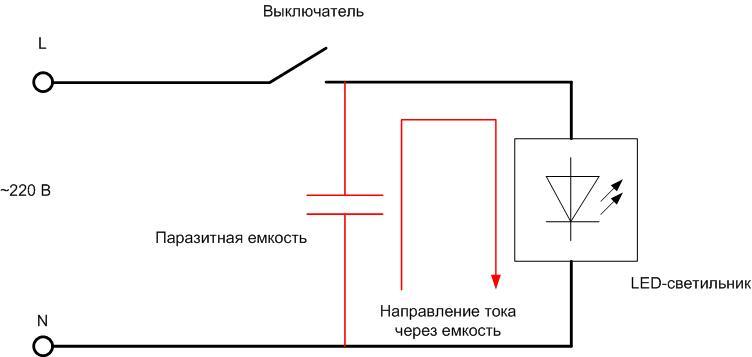
Stray capacitance can also cause unauthorized glow if there is voltage on the neutral wire relative to ground. Its source is the unbalanced voltage across phases inherent in the networks of end users (220 V). Through the interconductor capacitance this voltage creates a small current, at which the LED lamp burns dimly even when it is switched off.
And it should also be noted the influence of noise. There is a situation where another phase wire is laid parallel to a phase wire for a long distance and a short distance. If a sufficiently powerful load is connected to it, the current flowing through such a conductor creates an electromagnetic field inducing voltage in the LED power wire. It may be enough to permanently or intermittently ignite the LED.
If the switch is backlit
Backlit light switches are popular in the home. When the light is off, a low-power LED (or neon bulb) illuminates the location of the switching element. If the switch is closed, it will short out the backlight circuit.
As long as incandescent lights were used, there was no problem. The resistor limited the current at a small level, not enough for the filament to glow. When you switched to LED lighting, the situation changed somewhat. The current through the resistor is still not enough to light the LED on its own. But at the input of the luminaire there is driver. Its input circuits are formed by a rectifier with a smoothing capacitor. The capacitor is charged with a small current for a long time, then instantly gives the accumulated charge to the circuit. Visually it looks like intermittent LED flashes.
Recommended viewing:
Incorrect connection of the luminaire
Another cause of LED lights glowing can be the improper connection of the switch and the light fixture. If the lamp is connected in such a way that the switch breaks the neutral wire and not the phase wire, then the lamp remains energized when the switch is turned off, and any leakage in the neutral wire will cause the lamp to barely burn or flare intermittently.
Important! Such a situation is also unacceptable from a safety point of view. With any repair work, there is a risk of getting an electric shock even when the switch is off.
Poor quality LEDs
Contrary to popular belief, the quality of light-emitting elements is hardly a separate reason why the LED lamp glows on its own after being turned off. Cheap LEDs of unknown origin could theoretically have low insulation resistance of the substrate, but this would rather lead to leakage of the current initiating the glow. Such a defect should be identified at the first turn on the lamp when checking the purchase, and any consumer will refrain from buying a lamp with reduced brightness or lack of luminescence.
Video on the topic: The lamp is lit but not bright
How to fix the problem of a glowing lamp after you turn it off
The method of eliminating glow becomes clear after identifying the causes of abnormal operation of the LED lamp. In order of the listed causes:
- Making the decision to replace the wiring is radical in nature. Before deciding to do this extensive work, it is necessary to try all other methods.
- In many cases, the problem of capacitive conductivity is solved by installing a switch that simultaneously breaks the phase and neutral wires. For domestic purposes, such switching elements are not available, but you can take an ordinary two-key switch and connect it so that one contact breaks the phase wire and the other - the neutral. The two keys must be replaced by one from another switch of the same series or mechanically connect the two halves.Two-button and single-button light switches.
- If the problem is with a backlit switch, the easiest way is to disassemble it and take out the LED or neon bulb. If you want to keep the backlight, you can connect a resistor in parallel to the lamp. Its resistance should be at least 50 kOhm and the power should be at least 2 watts. This can be done directly on the lamp socket. The resistor shunts the capacitance and draws some of the stray current. Even better is to use a capacitor up to 0.01 uF for this purpose - it will not heat up (even weakly). You can use a starter capacitor daylight tube or another capacitor with a voltage of at least 400 V.Additional element (resistor) to eliminate glow.
- Another good way is if a group of of bulbs, connected in parallel in parallelOne of them can be replaced by an incandescent lamp.A convenient place to connect the resistor.
- Finally, a wrong connection of the neutral and the phase wire can be corrected by swapping them in any suitable place, but before the power switch (terminal block, junction box, etc.).
A bad lamp must be repair it or replace it with a product from another manufacturer. One version of the manufacturers' reliability rating is shown in the table below:
| Place | 1 | 2 | 3 | 4 | 5 |
|---|---|---|---|---|---|
| Manufacturer | Philips. | Osram | Gauss | Feron | Camelion |
| Country | Netherlands | Germany | Russia | Russia | Hong Kong |
If it is not a single bulb, but a chandelier or light fixture, you can try to replace the internal wires and terminals with better quality. This may help.
The problem of LED lighting fixture glow after voltage removal is solvable. It is only a question of proper diagnosis. A mistake can lead to an unnecessary loss of time and money.
